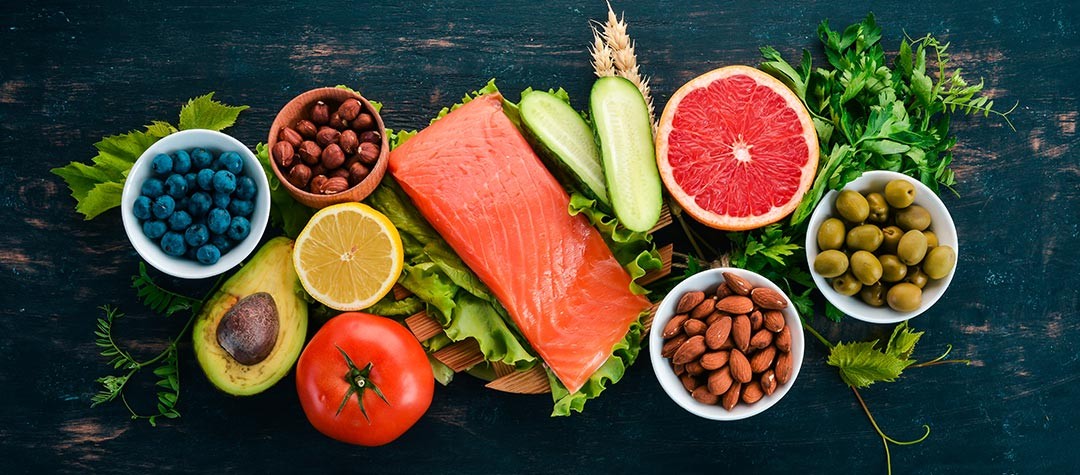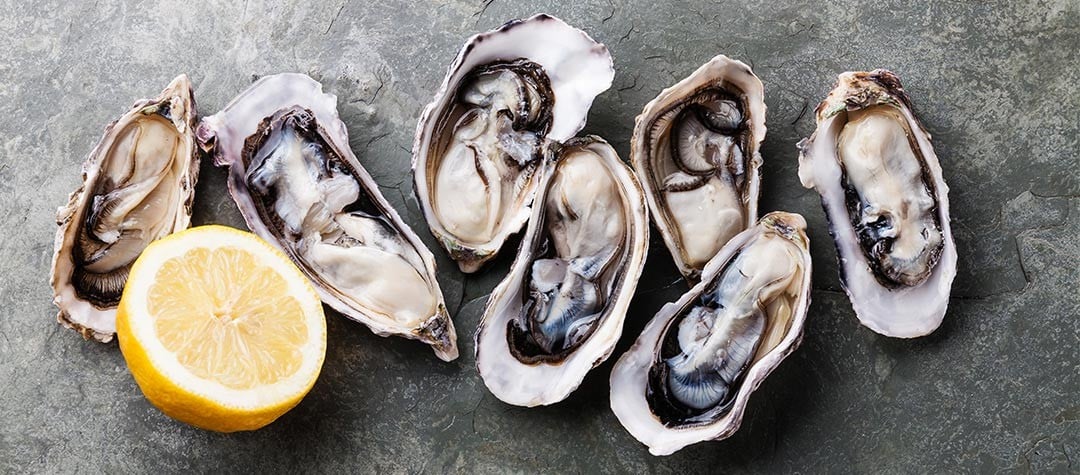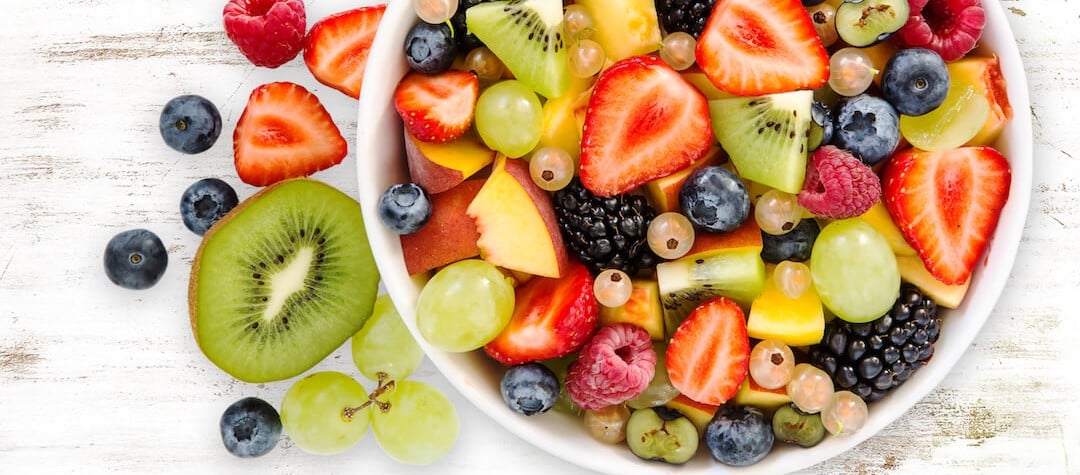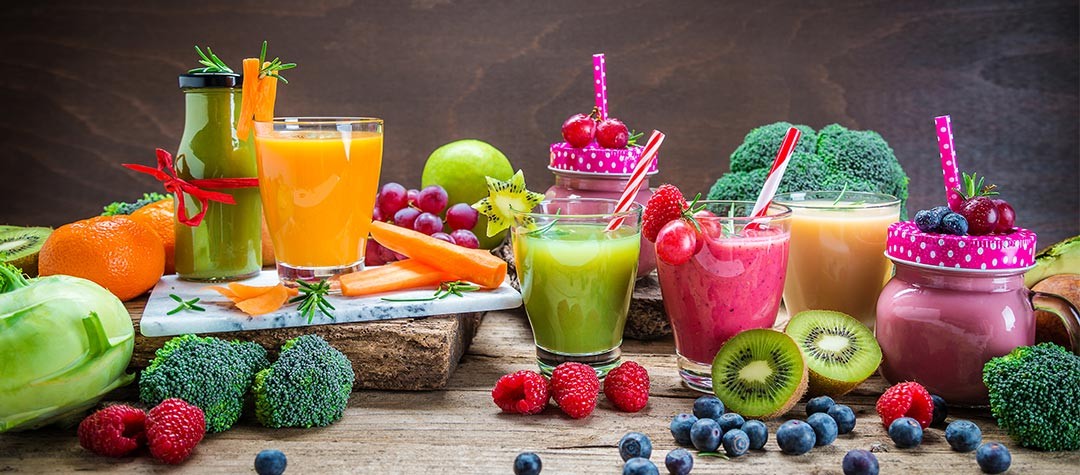Healthy eating isn’t just dumping the sugar and loading up on low fat foods. Here's how to get started in healthy eating.
Let us explain. There are different nutrients in different foods. You need a wide variety of foods so that you have a better chance of eating all the nutrients your body requires.
Healthy eating is about balance — about getting the right range of nutrients from a number of food groups. No foods are ‘forbidden’ — anything you want to eat will have its part to play and a place in a healthy diet.
Ideally your meals should be based around the following five food groups:
- Bread, cereals and potatoes
- Fruits and vegetables
- Milk and dairy products
- Meat, fish and alternatives
- Fats and sugars
Bread, cereals and potatoes
These should be the basis for every meal. This might be a baked potato, some mash, a wholemeal roll, pasta, steamed rice, couscous, polenta, bulgur wheat, pearl barley and the list goes on. Aim for whole grain versions of cereals when you can — this means brown bread and rice and wholemeal pasta. Whole grains have been associated with healthier hearts and contain extra fibre, which can help prevent constipation and bowel cancer.
Fruits and vegetables
A key part of your diet, they provide water, fibre and an array of vitamins, minerals and antioxidants. They have been shown to help prevent a number of diseases and illnesses including heart disease, stroke, cancer and high blood pressure. Include fruit and vegetables at every meal, and aim for at least five portions a day. A portion is usually around a handful — so that can be an apple, a fruit smoothie, a side salad, a can of tomatoes, some steamed broccoli.
Milk and dairy products
These are a good source of calcium as well as protein, vitamins and other minerals. If you do not eat dairy products or are a vegan, soya or similar replacements fall into this category. Eat two to three servings of low fat dairy products per day. This could be milk with your cereal, a yogurt with lunch and some low fat cream cheese in the afternoon. Calcium can also found in tofu, nuts and beans.
Meat, poultry and fish
These provide protein, B vitamins, iron and zinc. Meat alternatives also fall into this category. Beans, nuts and pulses also provide protein, but contain less iron and B vitamins, so if you do not eat meat you need to ensure you are getting these micronutrients from other sources. Protein is very satisfying, so if you eat a little at every meal you are more likely to feel full and less likely to overeat or snack later. Oily fish are an extremely good source of healthy fats — aim for two portions per week. Trim visible fat from meat to cut down on bad fats.
Fats and sugars
Fats and sugars should make up the smallest part of your meal. Fats should be good fats where possible i.e. olive oil, nut, seed or plant oil. Sugary treats are fine on occasion and indeed are part of a healthy diet, but can cause tooth decay if eaten too frequently.
Remember to eat regularly to give your body the supply of energy it needs. Don’t skip breakfast, it’s a false economy! You will only end up overeating later in the day.
Drink at least eight glasses of water a day (this can be in diluting juice, herbal teas etc.) and feel free to have one alcoholic drink a day too — this can actually be beneficial to health. Binge drinking is however, a no-no.
So often we come across familiar food-related words in the press and other media, but when it comes down to it, do we really know what they mean? Do you know your monounsaturated fats from your polyunsaturated? Your omegas from your antioxidants? Read on and you'll be in the know in no time.
Jargon breakdown
Alcohol - we all know what this is! ‘Alcohol’ is the term used to refer to ethanol and contains a whopping 7 calories per gram!
Amino acids - there are 20 different types of amino acid, eight of which are ‘essential’ — that is, the body cannot make these, so they must be found in the diet.
Antioxidants - these are the good guys, protecting against free radical damage by giving up one of their own electrons, stabilizing the free radical and making it less reactive.
BMI - a mathematical calculation used to determine whether or not a person’s body weight is suitably healthy for their height.
BMI = weight in kg/height in m2
A healthy BMI is considered to be between 18.5 and 25. However, BMI can be unreliable because it measures only weight, not fat. Weight in itself is not always a good indicator of a person’s health, for example muscle weighs more than fat, so most athletes are deemed as overweight using the BMI; this does not however mean that they are unhealthy.
Calorie - a measurement of energy. It refers to the amount of energy needed to raise the temperature of 1 gram of water by 1 degree celsius. Food calories are measured by combustion, that is, how much heat is released when a foodstuff burns.
Carbohydrate - compounds of carbon, hydrogen and oxygen. In dietary terms, there are two kinds — complex carbohydrates and sugar. Carbohydrates contain around 4 calories per gram.
Cholesterol - this is an essential fat that your body uses for many biological processes. However, in excess, it can be harmful. It is made mostly in the liver from saturated fat, and circulates in the bloodstream. There is more than one kind of cholesterol.
Complex carbohydrate - this is a term used to describe larger packages (or molecules) of carbohydrate. There are two kinds — starch and fibre. Starch is found in pasta, rice, potatoes and bread and fibre is explained below.
Essential fatty acids - these are fatty acids that the body is incapable of making on its own, and so must take from the diet. There are two — alpha linolenic acid (an omega-3) and linoleic acid (an omega-6) and they are both polyunsaturated.
Fats - fats are made up of fatty acids attached to a glycerol backbone. If there are double bonds between any carbon atoms in a fatty acid, it is said to be unsaturated. Fats and oils are the same, except that oils are liquid at room temperature. Examples include butter, cooking oil, and lard. Many fats are hidden for example, in cream and pastry. Fats are required for padding, insulation, nerve function, production of hormones and transport of vitamins. Fat contains 9 calories per gram.
Fibre - there are two kinds of fibre, soluble and insoluble. Soluble fibre is found in fruits, vegetables, oats and pulses and helps lower cholesterol and balance blood sugar. Insoluble fibre is ‘roughage’ — also found in the above and in bran and other whole grains. Insoluble fibre aids digestion and can help prevent bowel problems including cancer.
Free radicals - these are extremely reactive atoms or molecules that carry an uncharged electron. They are necessary for a number of biological reactions, but are so reactive they can also cause cell damage. They are implicated in the development of cancer, heart disease and some chronic diseases. Exposure to certain things for example: cigarette smoke, UV light, pollution or radiation can create free radicals.
HDL cholesterol - high density lipoprotein cholesterol. This is carried by proteins called high density lipoproteins and is the ‘good’ cholesterol. HDLs remove cholesterol from the bloodstream and take it back to the liver.
LDL cholesterol - low density lipoprotein cholesterol. This is carried by proteins called low density lipoproteins and is the ‘bad’ cholesterol. LDLs carry cholesterol around the body and deposit it on artery walls. Too much LDL cholesterol can lead to the development of fatty ‘plaques’ which in turn are a risk factor for heart disease. A high intake of saturated fat can lead to an increase in LDL cholesterol.
Minerals - inorganic substances, not all of which are essential to life. Examples of minerals are calcium, iron, zinc, potassium, and sodium.
Monounsaturated fat - an unsaturated fat with one double bond. Olive oil and some nut and seed oils are monounsaturated.
Obese - a BMI over 30
Omega - this is a naming system. It relates to which of the carbon atoms the first double bond occurs, e.g. omega-3, -6 or -9. Omega-3 oils have attracted a lot of attention of late for their protective properties.
Overweight - a BMI over 25. This can be unreliable though, as you may have a disproportionate level of muscle that the scale interprets as fat. Most muscular individuals are classed as overweight because of this.
Polyunsaturated fat - an unsaturated fat with multiple double bonds. Corn oil, some seed oils and fish oils are polyunsaturated.
Protein - proteins are made up of amino acids and are required for growth and repair. Meat, fish, eggs, dairy products, nuts, pulses and cereals contain protein. Protein contains 4 calories per gram.
Saturated fat - tend to be from animal sources and raise the levels of bad cholesterol.
Sugar - this is a term commonly used to describe ‘simple’ carbohydrates, or those in smaller packages. There are two kinds — intrinsic and extrinsic. Intrinsic sugars are the ones that are incorporated into the cell walls of plants, for example those found in whole fruits and vegetables. Extrinsic sugars are those which are not, for example those in milk, beet sugar and honey. Non-milk extrinsic sugar is what is more commonly known as refined or added sugar.
Trans fat - these are man-made polyunsaturates with an altered structure, and have been linked with ill health, including raised cholesterol.
Unsaturated fats - tend to be from plant sources. These types of fats reduce levels of bad cholesterol in the blood and can raise levels of good cholesterol.
Vitamins - organic (carbon based) substances that our bodies can break down and alter. Vitamins are needed in very small amounts, but are essential to life. There are two kinds: fat soluble (A, D, E and K) and water soluble (the B vitamins and vitamin C). Fat soluble vitamins circulate in the blood and are stored in fatty tissue, so do not need to be eaten every day. Water soluble vitamins circulate freely but are not stored, so you need to eat them more frequently.
Now you know what you should and shouldn’t do, you shouldn’t have a problem getting your new healthy meal plan together!














